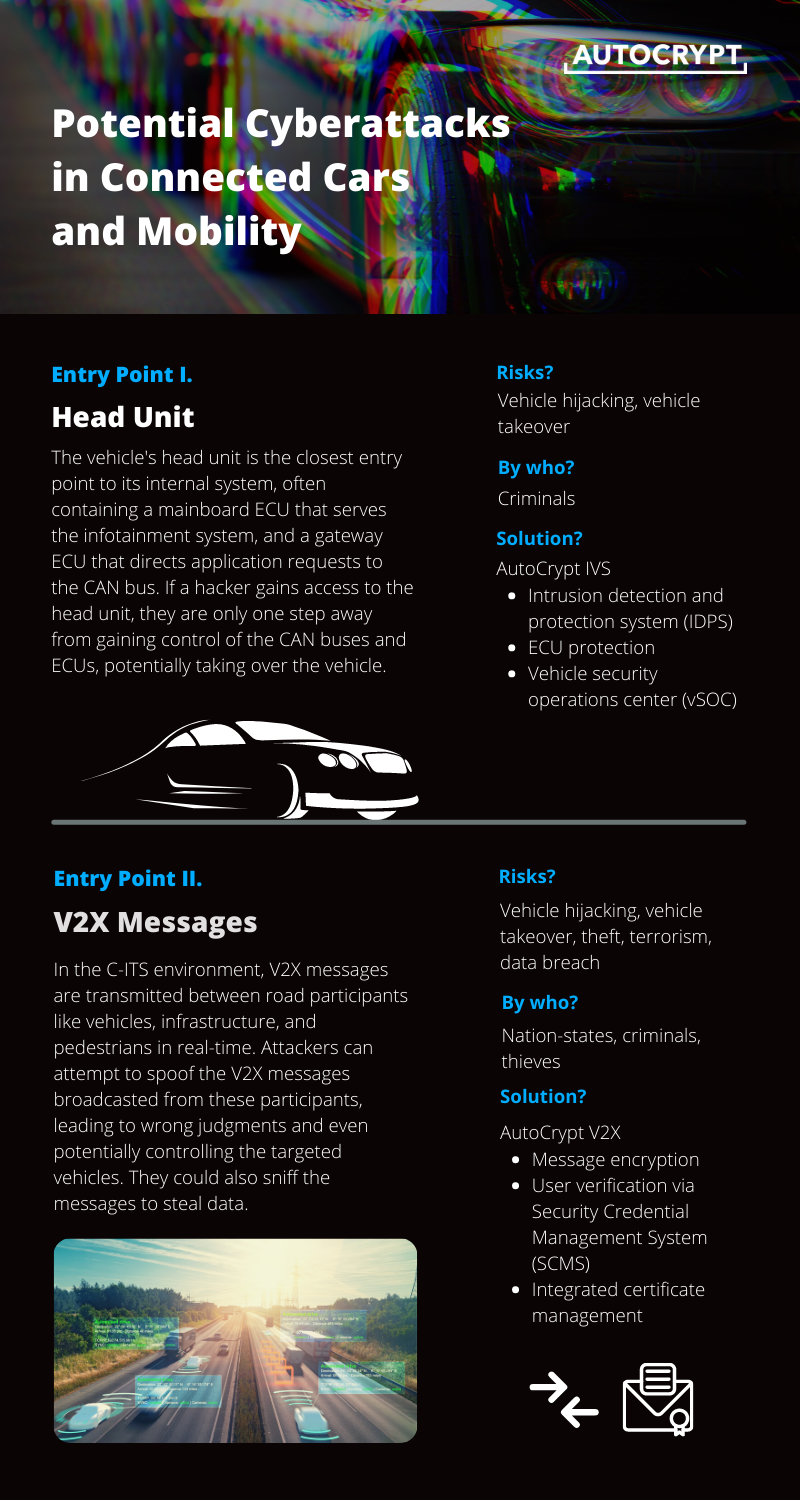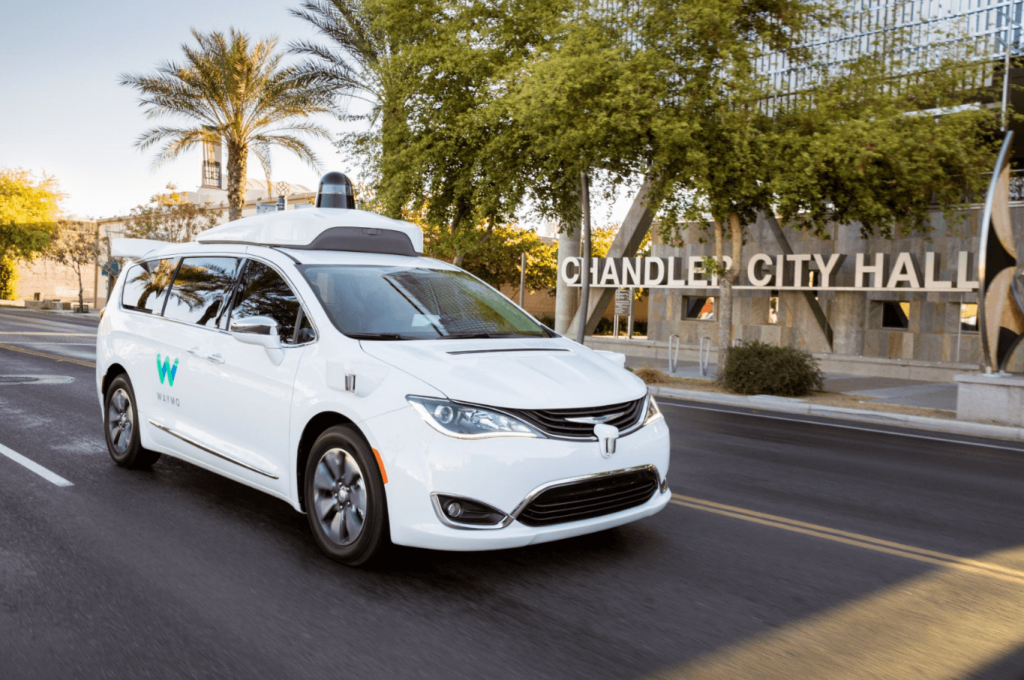In the past decade we have seen an emergence of mobility-as-a-service (MaaS) companies that create and manage their own platforms, aiming to make transportation efficient, easy-to-use, and available for everyone. Mobility-as-a-service provides an integrated transportation experience through a single platform allowing users to plan and pay for their journey seamlessly.
The most common example of MaaS are ride-hailing services like Uber and Lyft. These companies have democratized mobility-as-a-service, combining the entire experience from hailing a cab to paying for your ride into a mobile application. The emergence of ride-hailing also allowed for the spread of a C2C model in mobility, significantly increasing the supply of available transportation options. And due to the asset-light business model of ride-hailing companies it is easy to scale and launch in any country. Impact the likes of Uber and Lyft made on the mobility industry is undeniable, however, this impact is mostly concentrated in bigger cities.
An important characteristic of e-hailing services is its C2C operation model, where for the service to operate efficiently there needs to be an appropriate number of drivers willing to use their personal vehicles to provide rides to users. While this model works well in big cities it is less feasible in suburbs and rural areas that have smaller populations. If there are not enough people providing rides on Uber or Lyft people will not use the app.
It is also important to note that private and shared rides offered by ride-hailing companies are generally much more expensive than public transportation. An experiment conducted in Chicago revealed that the average public transit fare was $2.69, while Lyft and UberX rides averaged $18.13 and $17.90 respectively. This stands to prove that routine ride-hailing is not a very affordable transportation option for a lot of people. Even though ride-hailing comes with its own advantages, there are still limitations to how well it can operate in smaller cities and rural areas.
Increasing mobility coverage in smaller cities
It’s no secret that rural and suburban communities often lack access to reliable and efficient public transportation. Unreliable schedules, shortage of transit options, and lack of ride-hailing service presence significantly reduce the selection of available transportation means for suburban residents. Nonetheless, it is extremely important to connect rural populations with better transit options.
Developing a multi-modal MaaS platform can solve the inefficiency problems in the current suburban public transit system. A multi-modal mobility platform integrates different modes of transport into a single application that generates navigation directions across various transport modes and provides a centralized payment channel. The greatest advantage of multi-modal MaaS is that it provides users with a wide range of transportation options, making it easier for them to choose and combine the most efficient, convenient, and cost-effective one. By combining various modes of transportation such as public transit, ride-sharing, bike-sharing, car-sharing, and more, multi-modal MaaS offers users a seamless and integrated transportation experience that takes them from door-to-door.
For instance, if your commute from point A to point B consists of a bus ride and a 10-minute bike ride, the application will generate detailed directions to your destination, calculate your travel time according to real-time transit schedules and traffic congestion, and allow you to pay for both the bus and bike-sharing fee all on the same platform. Thus, a multi-modal MaaS offers the potential to integrate public transit with other mobility options, creating a higher range of transportation choices for users. By adding more variety into transport supply, a multi-modal mobility platform could transform a relatively inflexible transit system into one that is extremely efficient, cost-effective and easy-to-use.
Customized multi-modal MaaS case study
In 2022, AUTOCRYPT developed a multi-modal transport sharing platform for Jeju Island, a scenic tourist destination off the coast of Korea. The island is notorious for being hard to navigate without a private vehicle. So, the platform was designed to help tourists and locals get around the island without a car. By integrating alternative means of transport, such as electric bikes, electric motorcycles, and electric scooters, to complement public transport, the platform offers users an extended range of transit options, where all services can be accessed and paid for through a single application. The app also included benefits for users in the form of discounted transfer between public transport and micromobility.
Beta testing services began in April 2022, and the platform was officially launched in October of the same year. Operational data collected throughout this period revealed that the platform gained nearly 10,000 account registrations and had over 3,000 active users, serving a total of 10,312 trips. The number of account registrations almost tripled between beta testing and the official launch. The number of trips made via the platform also increased from 1,157 in April to 1,838 in October.
The operational data indicate that both locals and tourists used the platform to navigate the island with ease. Not only has the platform expanded transportation options for users, but it has also opened up new routes to more distant destinations. This is a significant accomplishment as it has allowed people to explore remote areas that would have otherwise remained unvisited, and at the same time helped local businesses in hard-to-access areas gain more customers.
Moreover, the platform collects valuable data that can be used to improve the local mobility infrastructure. For instance, data of frequently used routes can be analyzed to help improve public transit and micromobility availability for these routes. Additionally, operational data can be used to indicate off-peak times, which can be leveraged to introduce dynamic pricing strategies.
A similar platform tailored to unique local needs can be created in any region. Such a platform would help improve suburban mobility and expand transportation options for local populations.
MaaS aims to provide users with a seamless transportation experience, making it easier and more convenient to get around cities. A multi-modal mobility service takes it a step further by offering a range of transport options through a single custom-made platform to provide users with a flexible, integrated, and sustainable transportation system that can improve mobility and enhance the quality of life in any region.






